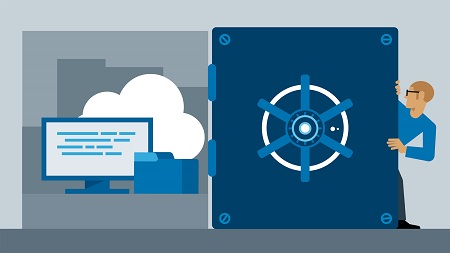
English | MP4 | AVC 1280×720 | AAC 48KHz 2ch | 1h 02m | 151 MB
Learn how to balance the need for cloud-based collaboration with document security best practices. In this course, Phil Gold explores how to structure an enterprise content management solution that ensures that documents are both collaborative and safe. Phil begins by reviewing basic server and security concepts, including different server structures, multilevel authentication layers, and data retention policies. He then discusses how to set security levels that don’t negatively impact productivity, provide access for remote employees, and manage permissions. To wrap up, he shares best practices that can empower users to keep their documents secure.
Topics include:
- Why security matters
- On-premises vs. cloud
- Developing low to high security classifications
- What’s your data-retention policy?
- Setting security levels that make sense
- Dealing with access for remote employees
- Document control and version control
- Best practices for document security
Table of Contents
Introduction
1 Welcome
2 Why security matters
3 Understanding security concerns
4 Are your services secure
Server and Security Basics
5 Understanding different server structures
6 On-premises vs. cloud
7 Layers of cloud security
8 Levels of security classification
9 What s your data-retention policy
10 Compliance vs. best practices
Levels of Security and Permissions
11 Set security levels that make sense
12 Dealing with remote access
13 Connecting systems
14 Document control – Collaborative vs. protected
15 Version control
16 Limiting executable code
Best Practices for Document Security
17 Manage sharing permissions
18 Links not attachments
19 Create separate spaces for external documents
20 Choose reliable services
21 Plug-ins and add-ons
22 Ongoing employee awareness
Conclusion
23 Next steps
Resolve the captcha to access the links!